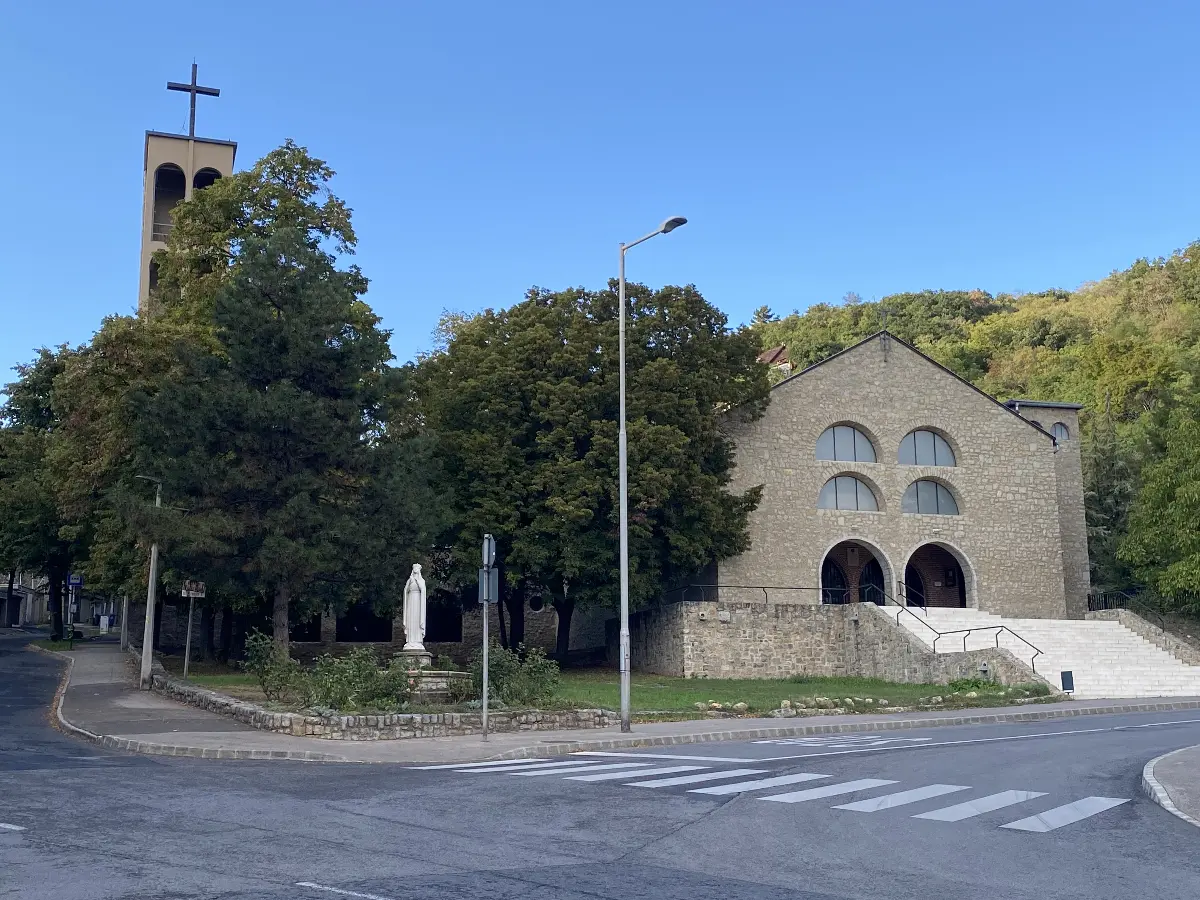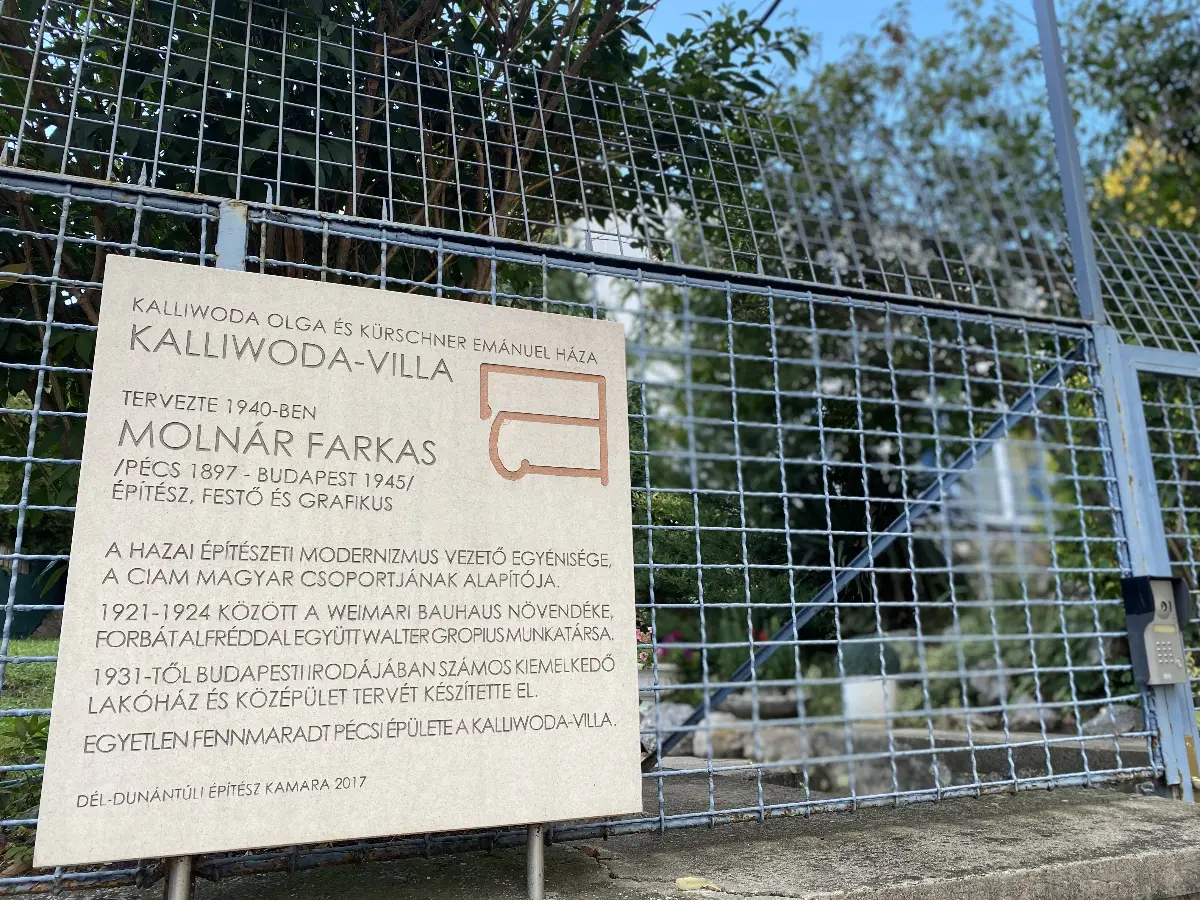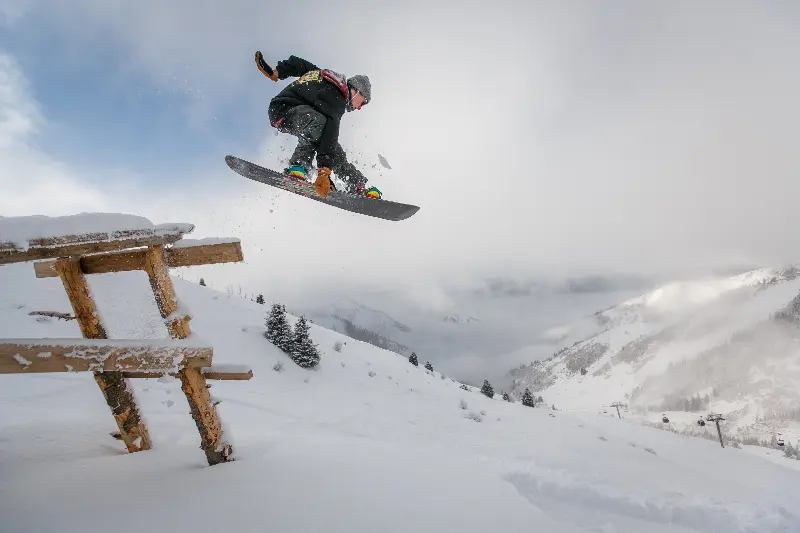
Helyszín címkék:
Explore the history of the Bauhäuslers in Pécs, in the cradle of style!
Szabó Sára
Pécs is the only city in the countryside that is still dotted with a significant number of modern structures built in the 1920s and 30s. In addition, most of the Hungarian representatives of the style originate from Pécs: Marcell Breuer, Farkas Molnár and Alfréd Forbát were all born in Pécs. But since the Bauhaus cannot be sharply separated from other forms of art, it is also important to mention the person in charge of the school's "PR" management, painter Andor Weininger. Textile artist Otti Berger and photographer Etel Fodor are also unmissable details of the process. There are several reasons why so many prominent artists started from Pécs. The development of tourism in the country was a central direction in the 20s and 30s, and Pécs was a focal point of this. Besides, one of the most important modern art groups in the region can also be traced back to this city: the Pécs Artists' Circle has given the world several great artists.

If you want to immerse yourself in modern architecture, start here!
Katalin Getto, an aesthetician and museologist at the Department of Fine and Applied Arts of the Janus Pannonius Museum, explains that the Modern Hungarian Gallery in Pécs has a special section about the Hungarian Bauhaus, which is a must-see for all fans of this style. In case you want to get to know the Pécs Bauhaus not only by a museum, head to ‘Mecsekoldal’! You can see the masterpieces of modern architecture in Pécs via a walk from the Széchenyi Square to the Pálos Church.
The first stop of our architectural tour is Kaposvári Street, which features two Alfréd Forbát buildings. His legacy as a Bauhaus designer is the most influential in Pécs. He was the only one of the returning Bauhäuslers who was able to hold on to this amazing city through His connections. He has a house both at the foot and the top of the street: the latter is the Bálványi Mansion under number 17, built in 1934.

If you wander a bit further on, you will come across Farkas Molnár's magnificent Kalliwoda Mansion on Surányi Road. The building, which runs under number 18, is in perfect condition, and you surely won't have to look for it, because the building stands out from its surroundings with its fantastic blue colour and exciting design. Turn towards the Pálos Church, which - although not in Bauhaus-style - is also a modern (Italian Novecento) building. Turn left once you are here and continue along the Pálos path. Your next stop will be Alfréd Forbát's small holiday home, the ‘Swallow's Nest House’. The building at number 4 is almost inaccessible, but it has a privileged position, as it is situated on the hillside, surrounded by nature.
Further up on the hill, comes the famous holiday hotel, known as Hotel Kikelet. Pécs launched a public tender in 1934, for the design of the building, with the main aim to give the city a modern tourist image.
“Interestingly, one of the requirements was that the candidates had to be residents of Pécs. Of course, all the major functionalist architects of the time wanted to apply, so they tried to 'hack the system' in the most creative ways. In the end, two architects (by then based in Budapest) won the competition, also including the mayor's son, Andor Nendtvich, as a third partner," says Katalin Getto, telling the story of the birth of the resort.

The building took a radical break from the hotel building rules of the time: it was designed and equipped according to Bauhaus principles. Pécs was given a characteristic, flat-roofed hotel in a natural setting, with the recognisable Bauhaus signature marks. And here, unfortunately, our tour ends, but after the significant climb, we certainly won't mind this at all - let's enjoy the unique panorama of Pécs!






